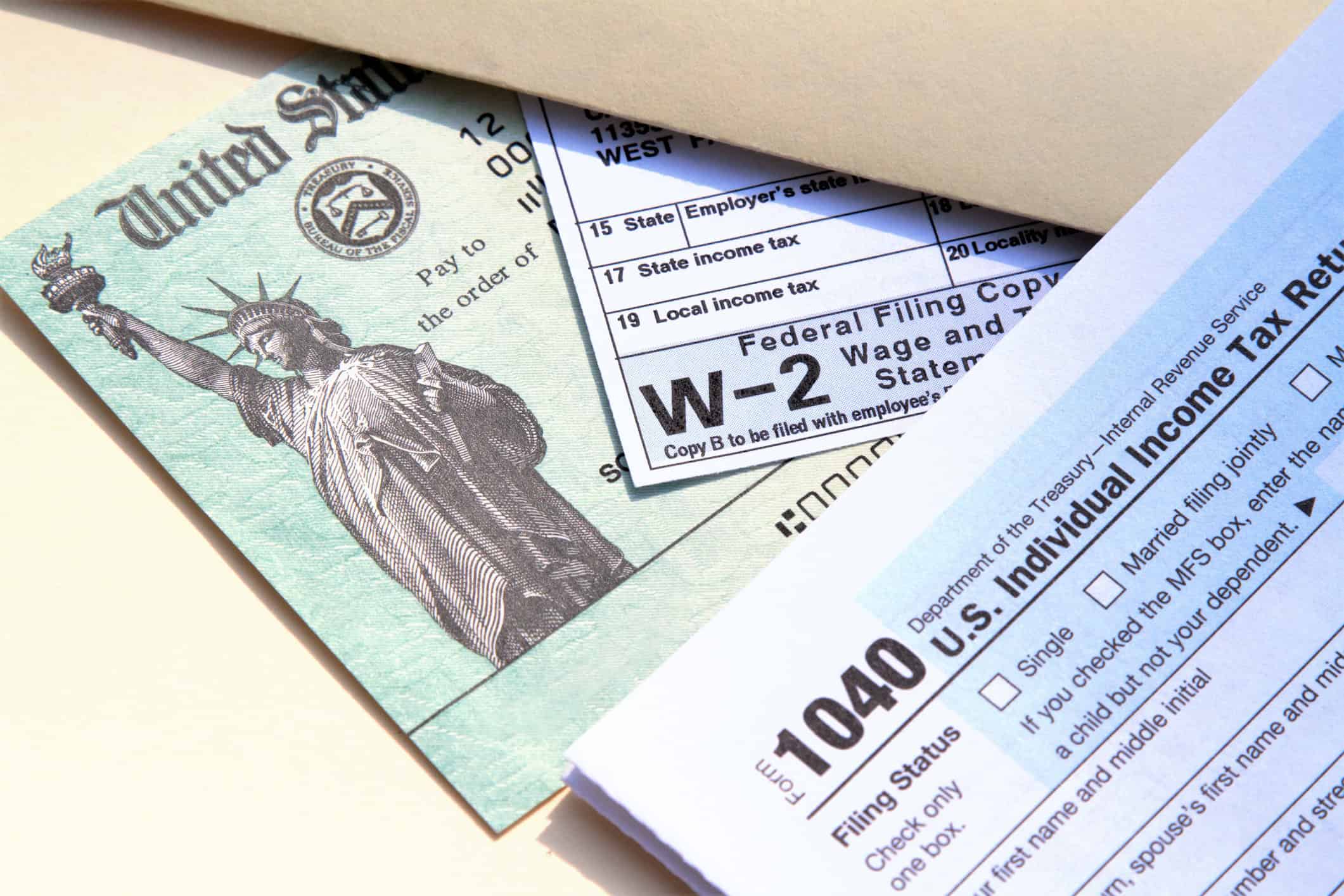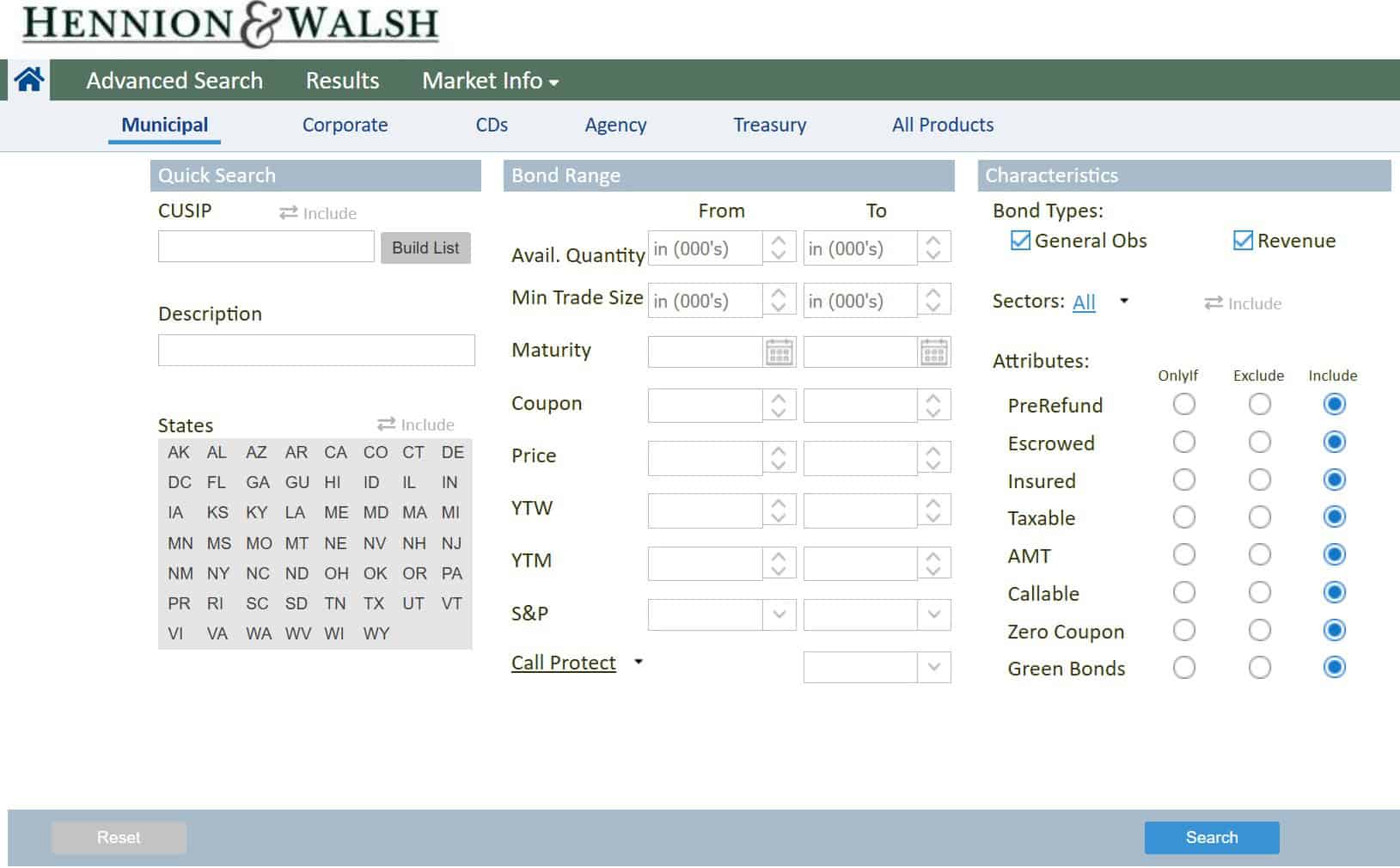
Lower Next Year’s Tax Bill: Effective Tips for Savvy Filers
Feeling the sting of an unexpectedly high tax bill can put anyone’s finances on edge. Maybe you were planning on a modest refund, or at least owed less than what appeared on your IRS form this spring. This scenario plays out in homes and offices all over the country, leaving many to wonder how this happened and how it can be prevented.
Taxes can be perplexing. With evolving rules, changing life circumstances, and the nuances of withholding, the end result often catches people off guard. Fortunately, taking control of your financial picture just takes a few practical steps and a little planning. Rather than dreading next year’s tax season, you can approach it with confidence and clarity.
Let’s examine the pitfalls that lead to tax bill surprises and the strategies that can restore control and peace of mind.
Why Tax Surprises Happen
Many people assume their taxes are being handled automatically—money comes out of each paycheck, and everything should balance out. But the system isn’t always foolproof.
Here are a few reasons tax bills often run higher than expected:
- Under-withholding: If the amount withheld from your paycheck is too low, you’ll owe more come tax time.
- Variable income: Freelancers, side hustlers, small business owners, and sales professionals often have fluctuating incomes that require closer attention.
- Life changes: Marriage, divorce, a new dependent, or a second job can shift your tax situation dramatically.
- Overlooked taxable income: Extra earnings from investments, rental properties, or gig economy work often don’t have taxes withheld.
- Lost or reduced deductions: Changes in tax law or your own circumstances can limit previously relied-upon deductions.
Ignoring these potential pitfalls can lead to a bigger bill and, sometimes, even IRS penalties.
Immediate Steps: Reacting to an Unexpected Tax Bill
Once you open that envelope or check your e-file confirmation and see an unpleasant number, it’s tempting to panic.
The most effective approach starts with a calm, systematic review:
- Double-check your return: Make sure all your income, deductions, and credits are reported accurately. It’s not uncommon for data entry mistakes to cause a swing in your balance due or refund.
- Review your records: Compare your W-2s, 1099s, and other income documents to what’s been reported. Missing a single form can affect your bottom line.
- Evaluate payment options: If you can’t pay in full, the IRS offers installment agreements. Paying at least part up front reduces interest and penalties.
- Consider a tax professional: If your situation is complex, a CPA or enrolled agent can help you identify mistakes and negotiate manageable payment terms.
Momentum now can help reduce stress and costs.
Adjusting Your Withholding
One of the most effective ways to prevent future tax shocks is reviewing and adjusting your tax withholding.
The traditional W-4 form offered by employers determines how much tax is withheld from your paychecks. Many people haven’t updated their W-4 in years, even after major life changes. This is often an oversight freighted with financial consequences.
Why Review Your Withholding?
When you fill out a W-4, you estimate your tax liability for the year. If you claim too many exemptions or don’t factor in other income, your withholding may be insufficient.
A helpful method for recalibrating is using the IRS Tax Withholding Estimator, an online tool that walks you through your income, deductions, and credits. Based on your answers, it provides recommendations to update your W-4 and avoid surprises.
Here’s a simple table illustrating the possible effects of incorrectly calibrated withholding:
| Scenario | Withholding Status | Spring Tax Impact | Financial Result |
| Accurate withholding | Just right | $0 refund/balance | Peace of mind |
| Too little withheld | Too low | Unexpected bill | Owe money/penalties |
| Too much withheld | Too high | Big refund | Interest-free loan to IRS |
Revisiting your withholding doesn’t take much time, but it delivers lasting savings and relief.
Estimated Tax Payments for Self-Employed and Side Incomes
If you run your own business or hustle on the side, you’re responsible for paying both income tax and self-employment tax, typically through quarterly estimated tax payments. Without the automated withholding employees enjoy, it’s easy to fall behind.
Missing these quarterly payments not only means a larger bill in April, but also exposes you to penalties and interest.
How to Approach Estimated Payments
- Quarterly deadlines: Mark your calendar for April 15, June 15, September 15, and January 15.
- Calculate accurately: Review your income each quarter, accounting for all sources.
- Use IRS Form 1040-ES: This worksheet and payment coupon help you determine and submit payments on time.
Paying as you go, rather than scrambling at tax season’s end, makes cash flow management a lot easier.
Make Strategic Retirement Contributions
Increasing contributions to retirement accounts reduces your taxable income, which often means owing less. This creates a dual benefit: saving for the future while lowering your current tax bill.
Options to Consider
- 401(k) and 403(b) plans: Pre-tax contributions through work can add up quickly.
- Traditional IRA: Deductible for many people, depending on income and other factors.
- SEP IRA/Solo 401(k): Excellent options if you’re self-employed.
Not only do these moves potentially lower what you owe, but they also help build a more secure retirement.
Maximize All Deductions and Credits
Another common reason for larger-than-expected tax bills: overlooking deductions and credits.
While the standard deduction has increased in recent years, itemizing can still be a better option in certain cases.
Some often-missed deductions and credits:
- Charitable donations: Even small contributions add up if you itemize.
- Health Savings Account (HSA): Tax-deductible contributions and tax-free growth.
- Education expenses: The Lifetime Learning Credit and American Opportunity Tax Credit help offset tuition costs.
- Childcare credits: The Child and Dependent Care Credit reduces taxes based on qualifying expenses.
Meticulous recordkeeping throughout the year simplifies claiming all available breaks.
Track Your Taxable Events All Year Long
It’s easy to lose track of taxes if you only think about them in the spring. Paying attention to financial moves all year is far more effective.
What does this look like in practice?
- Set up a digital (or physical) folder labeled “Tax 2024.”
- Toss in pay stubs, bank statements, donation receipts, and investment paperwork.
- For those investing, track any realized gains or losses from selling stocks or crypto.
- Note any life changes: birth of a child, marriage, divorce, or a new home.
- If you take a new job or side work, consider the impact on your taxable income and withholding.
A few minutes a month can spare you hours of stress in April.
Communicate With Your Employer
Many people are surprised to learn they can update their W-4 with their employer at any time, not just when hired. If your tax situation changes, don’t wait for next year. The HR department is used to processing W-4 changes and can walk you through the process.
Be honest about your income and withhold more if in doubt. It’s typically better to receive a small refund than risk an unpleasant surprise.
Build a Tax Buffer
Life is full of curveballs. Even the best-laid tax plans can fall short because of an unexpected bonus, investment windfall, or tax law change.
Consider setting aside a small “tax savings” fund in a high-yield savings account, separate from your day-to-day finances. Aiming for at least 5-10% of your variable income over and above what you expect to owe will give you a buffer against surprises.
This not only avoids panic at tax time but keeps your main account protected from sudden withdrawals.
Partner With a Tax Professional If You’re Unsure
As tax codes grow more complex, reaching out to a professional is a wise choice for many. Even one or two sessions can help you strategize, identify missed savings, or help file amended returns if previous years contain errors.
Here’s a quick comparison of common self-prep vs. professional prep pros and cons:
| Approach | Advantages | Drawbacks |
| DIY/Software | Affordable, quick, control | Easy to overlook details |
| Hire a professional | Personal guidance, thorough | More expensive, schedule needed |
Not every household needs an annual accountant, but most can benefit from at least a periodic consult.
The Takeaway: Small Changes, Big Impact
No one likes writing a check to the IRS that they didn’t expect. Year-round tax awareness, combined with the right adjustments, takes much of the anxiety out of tax season.
Whether it’s making changes to your W-4 today, setting reminders for quarterly payments, or maxing out your retirement plan, creating a system now means a simpler April next year—and more money in your pocket for the things that matter most.
Disclosures:
This commentary is not a recommendation to buy or sell a specific security. The content is not intended to be legal, tax or financial advice. Please consult a legal, tax or financial professional for information specific to your individual situation. Investing involves risk including possible loss of principal. Past performance is no guarantee of future results. Diversification does not guarantee a profit or protect against loss.




